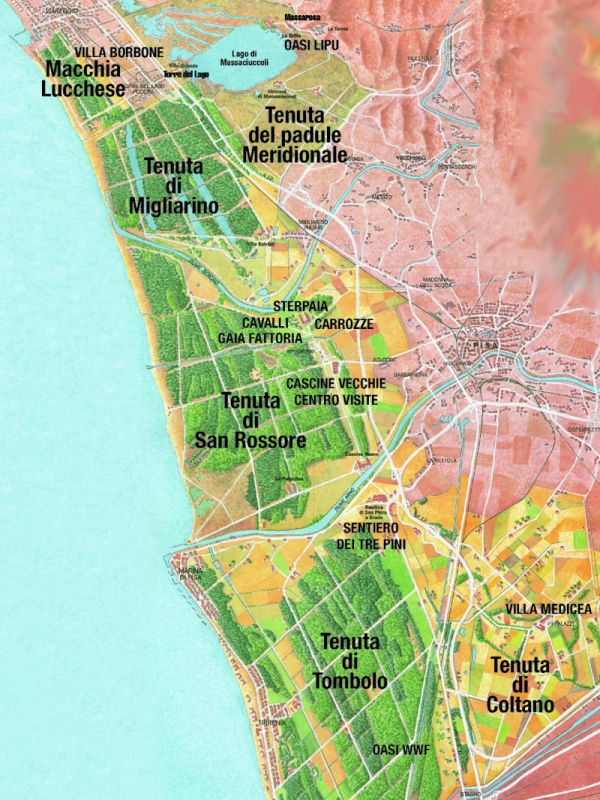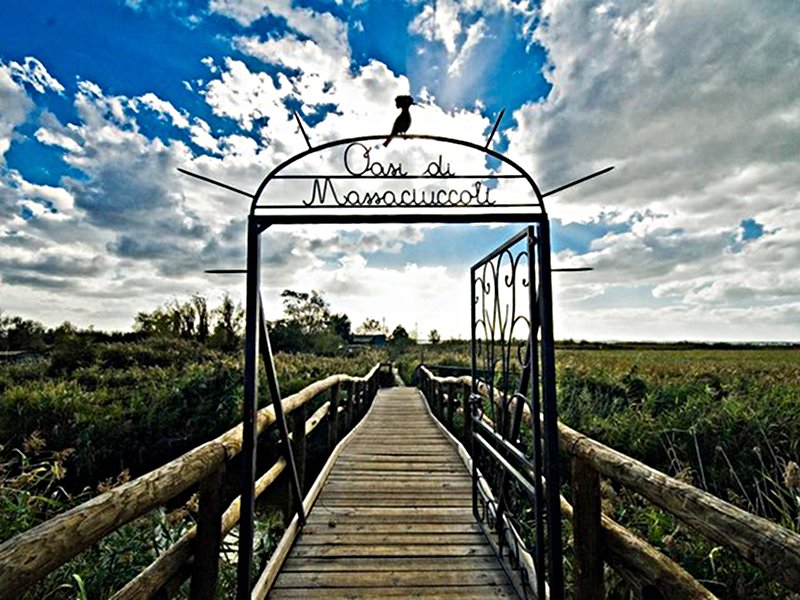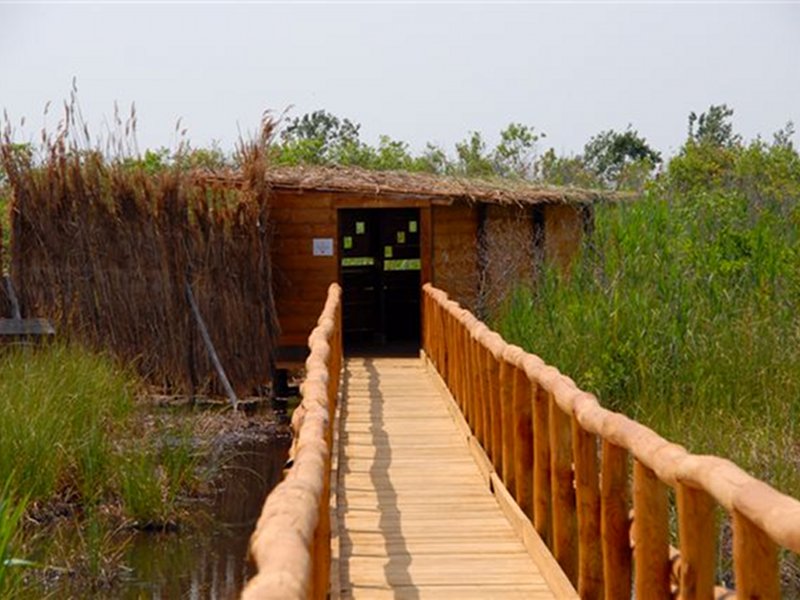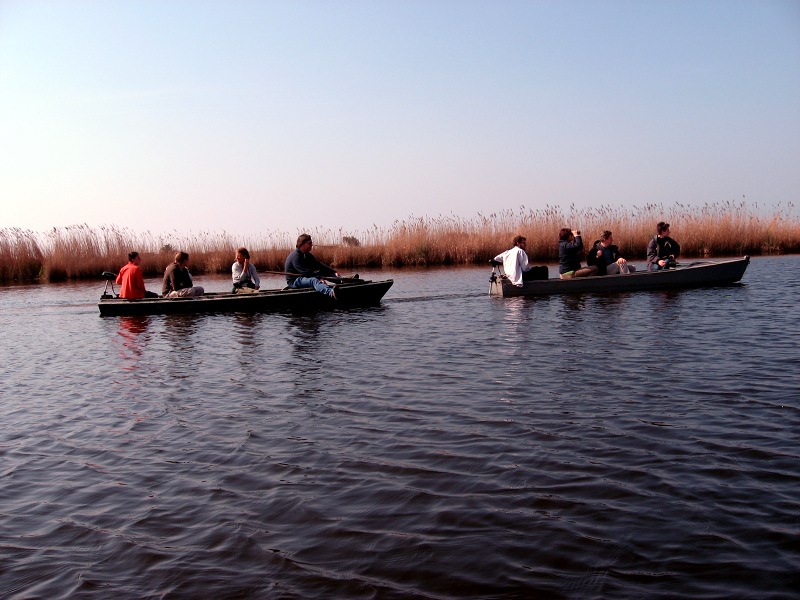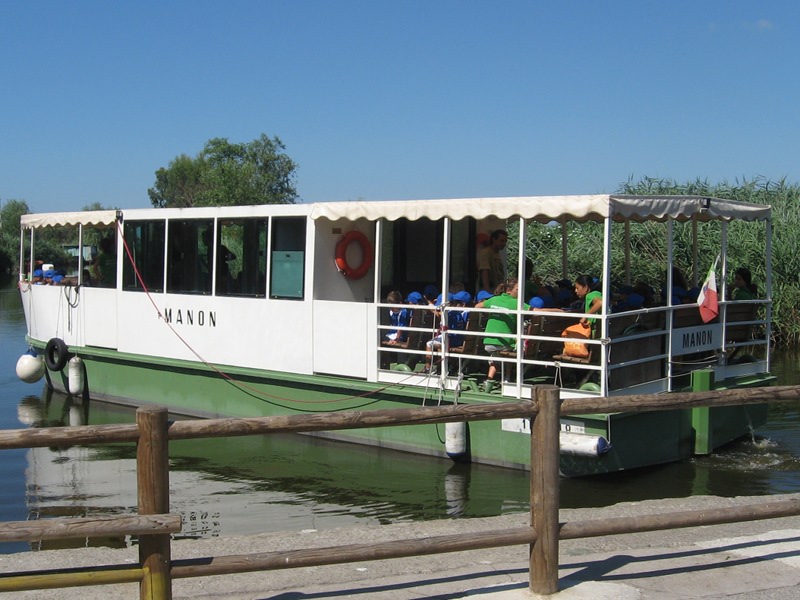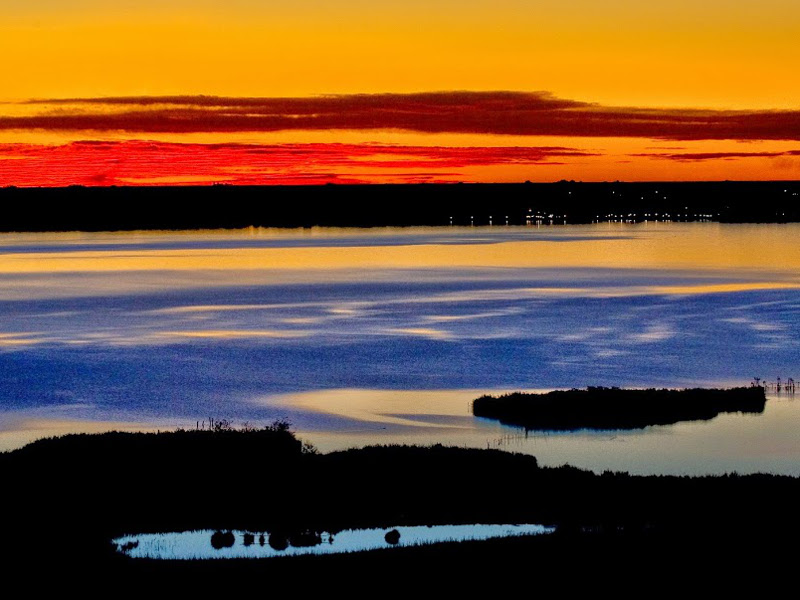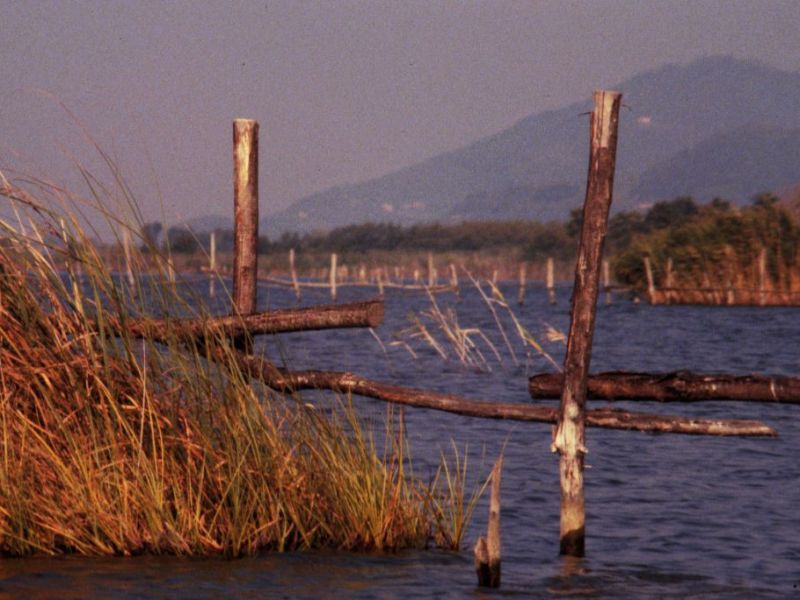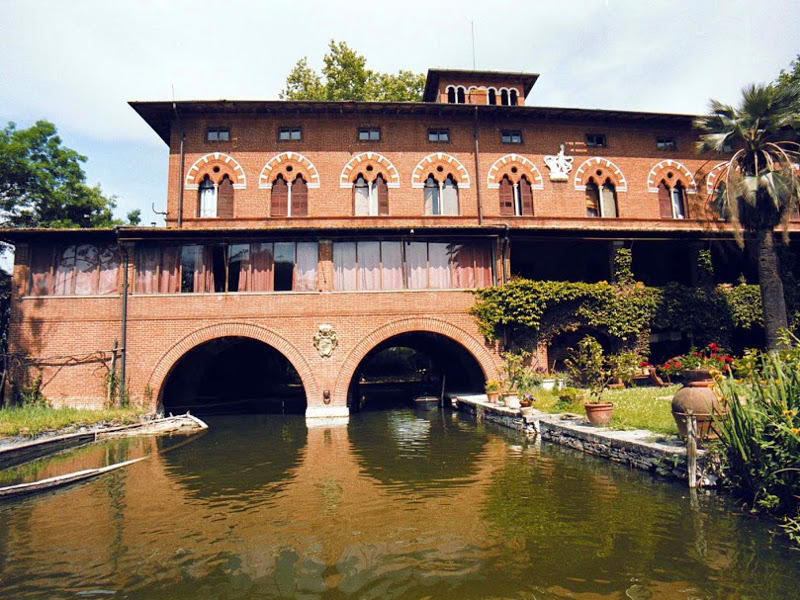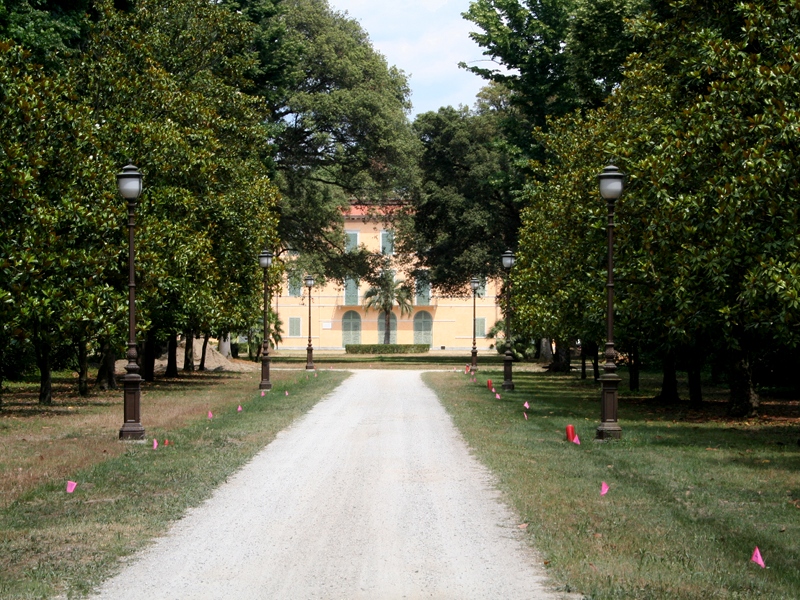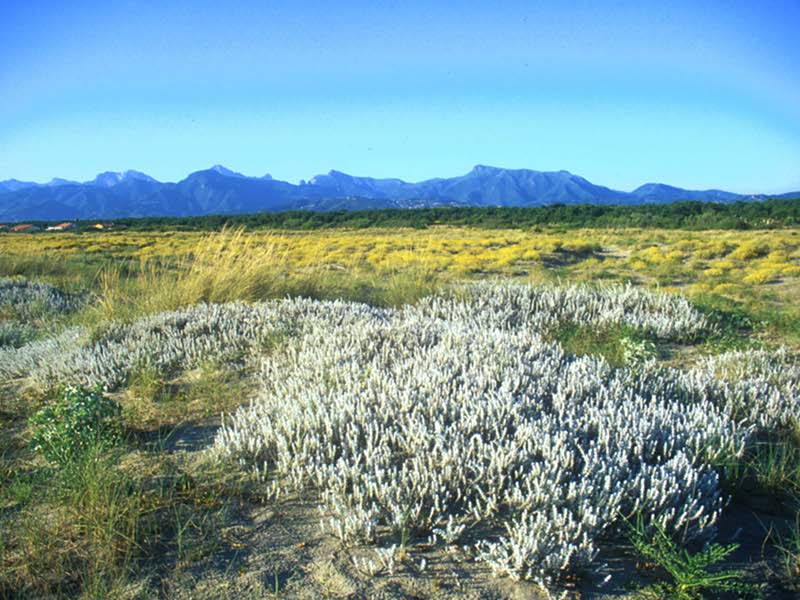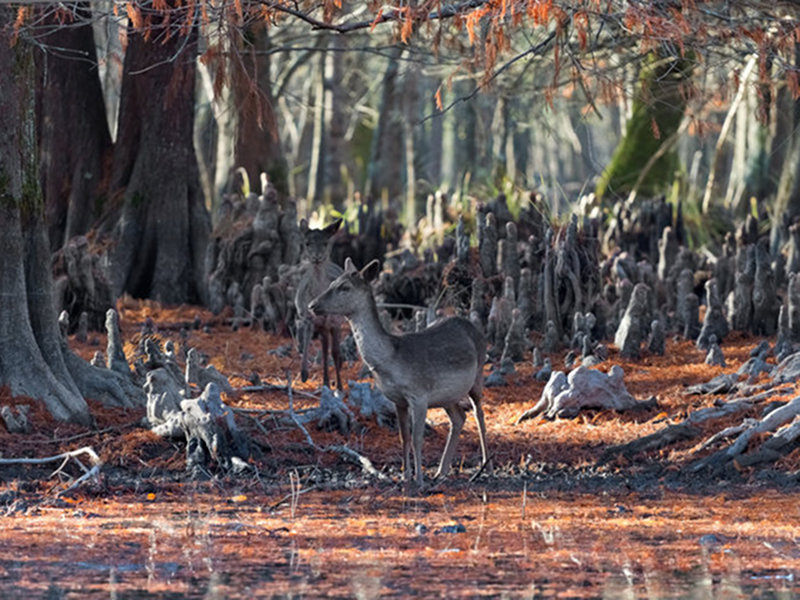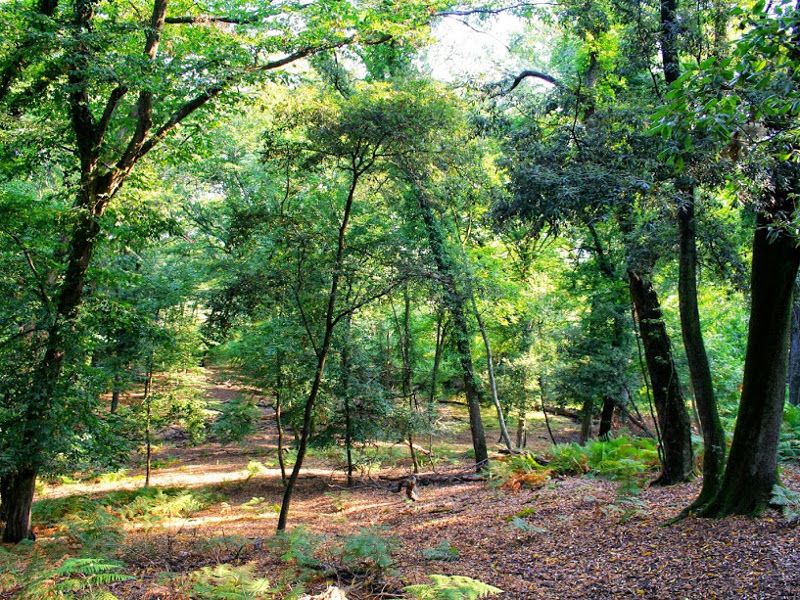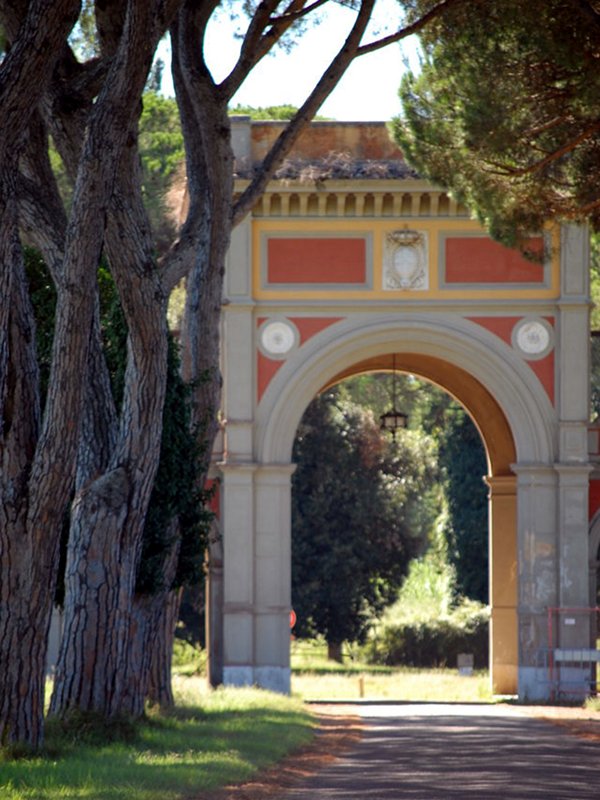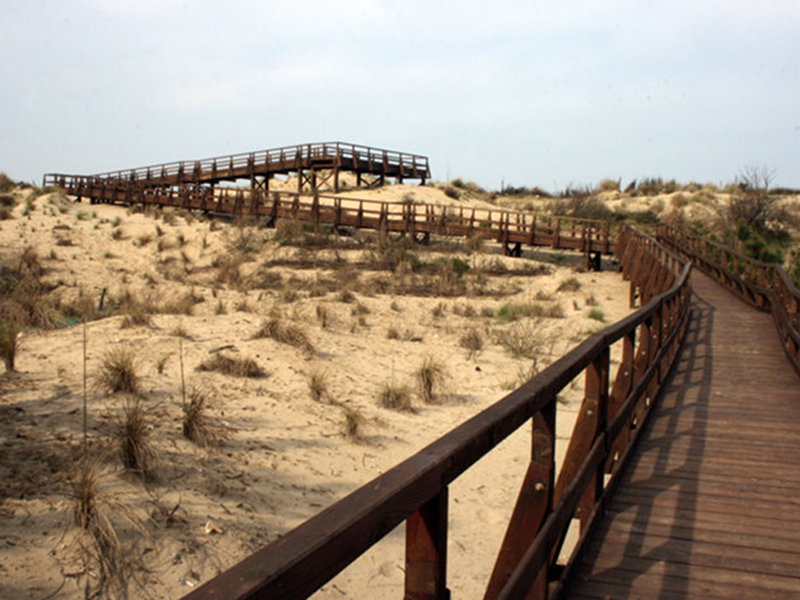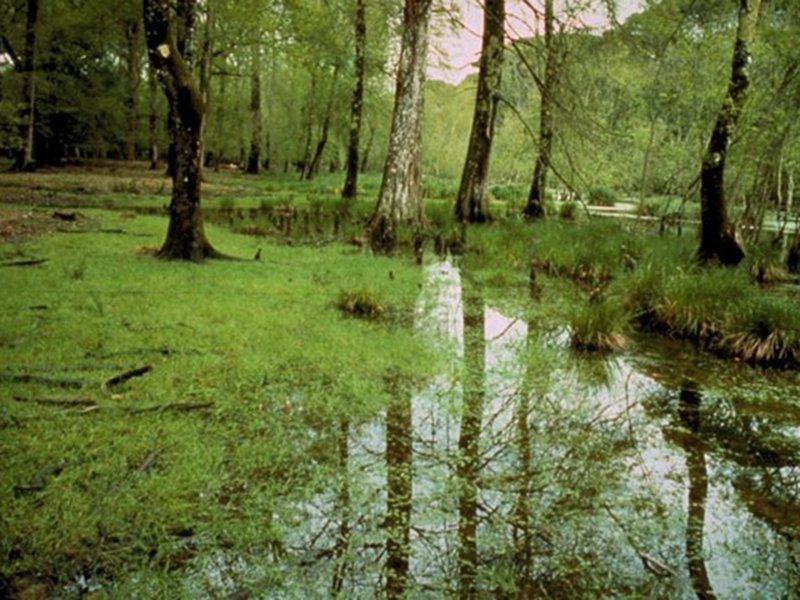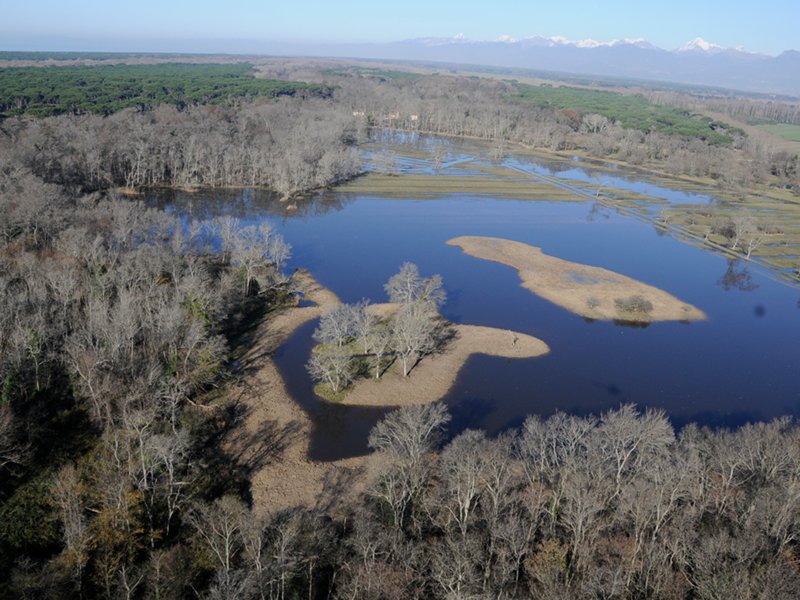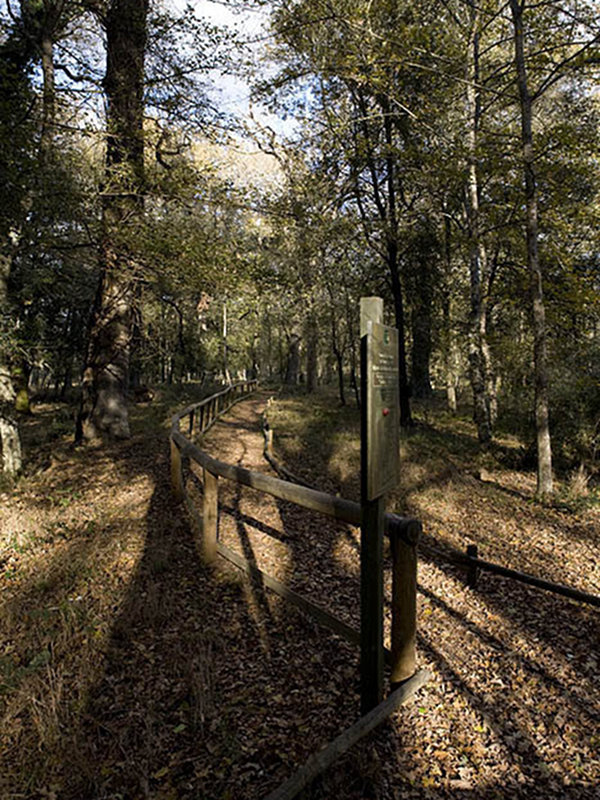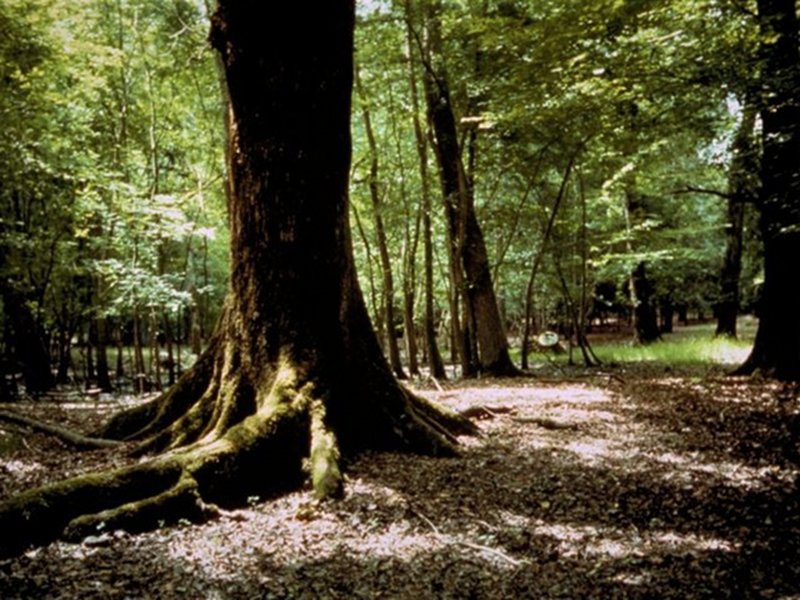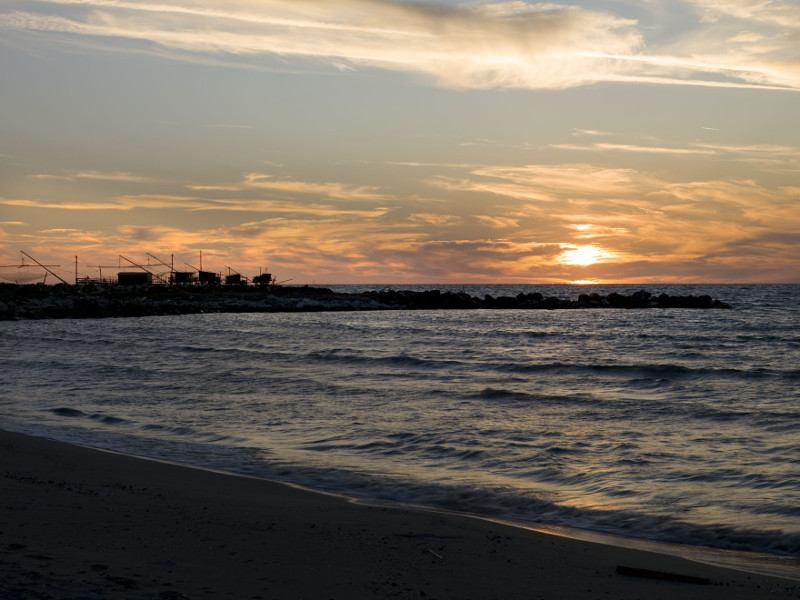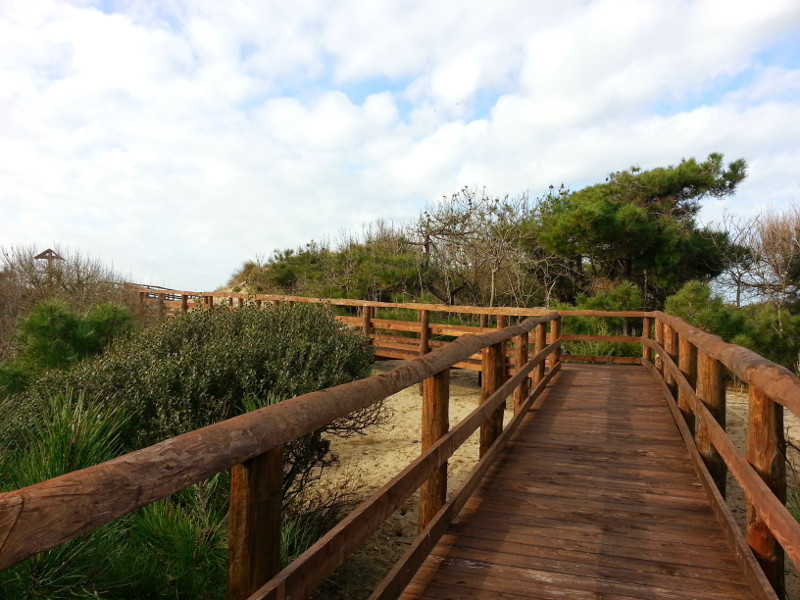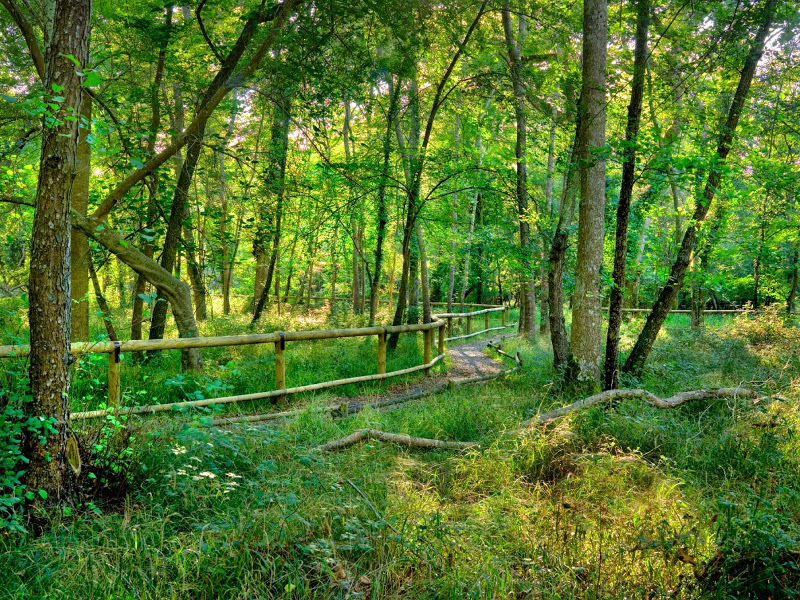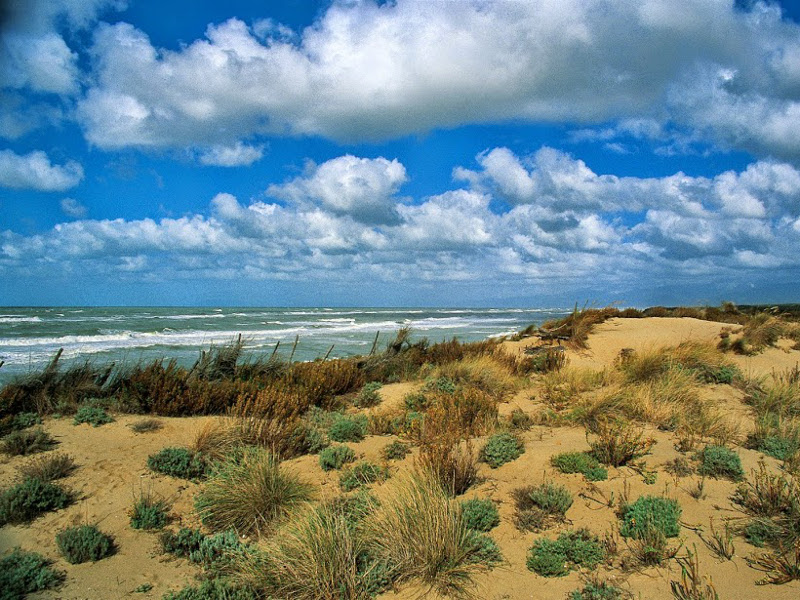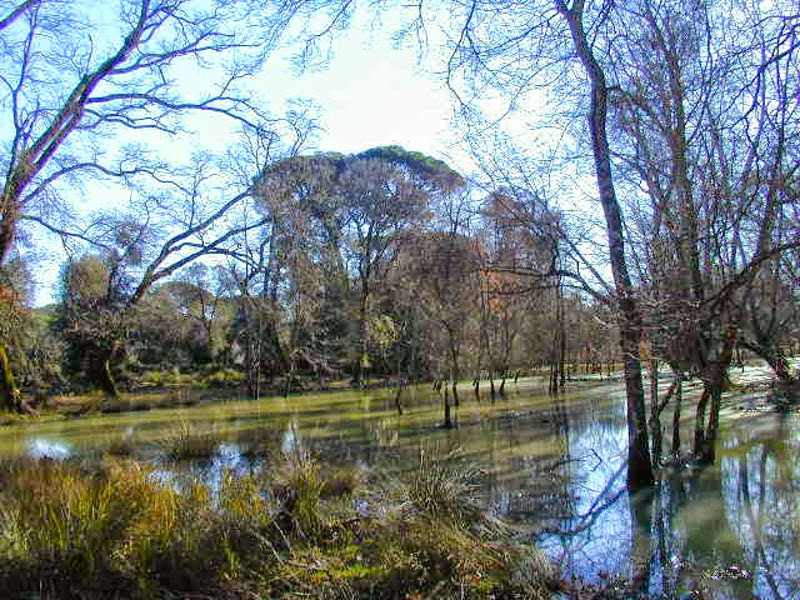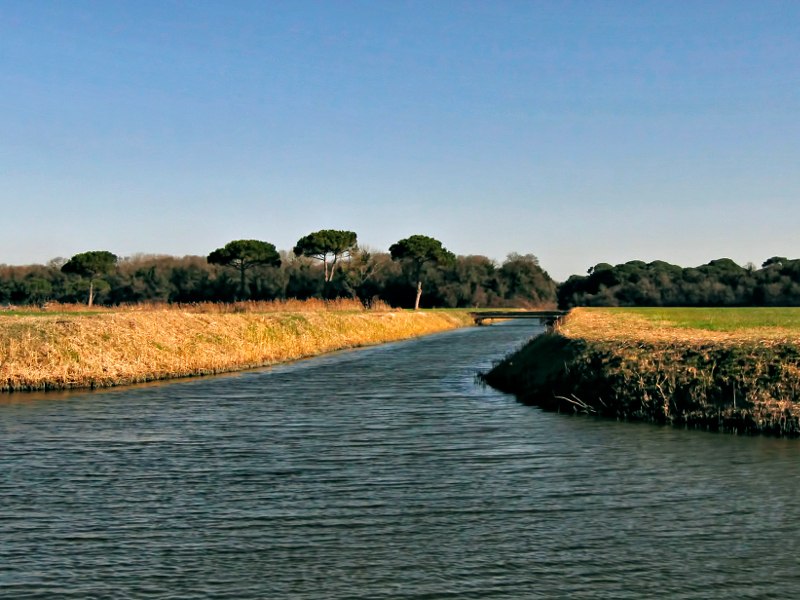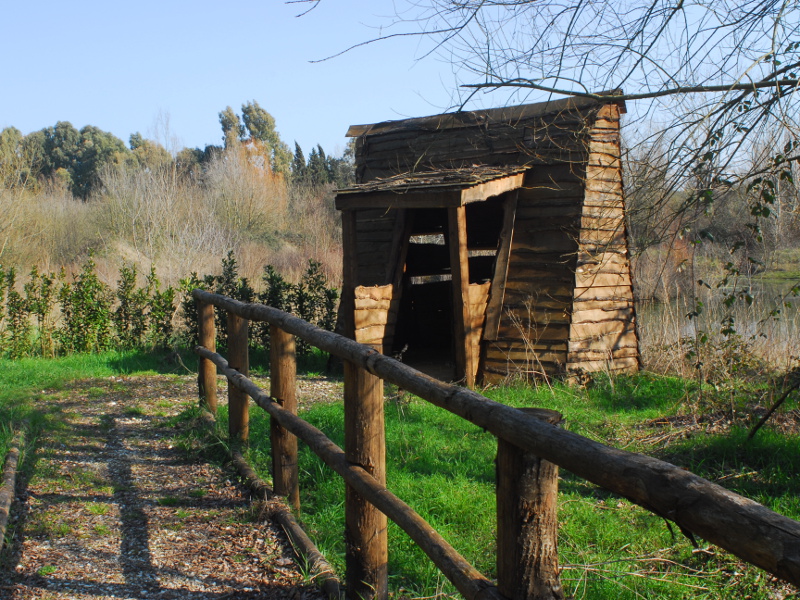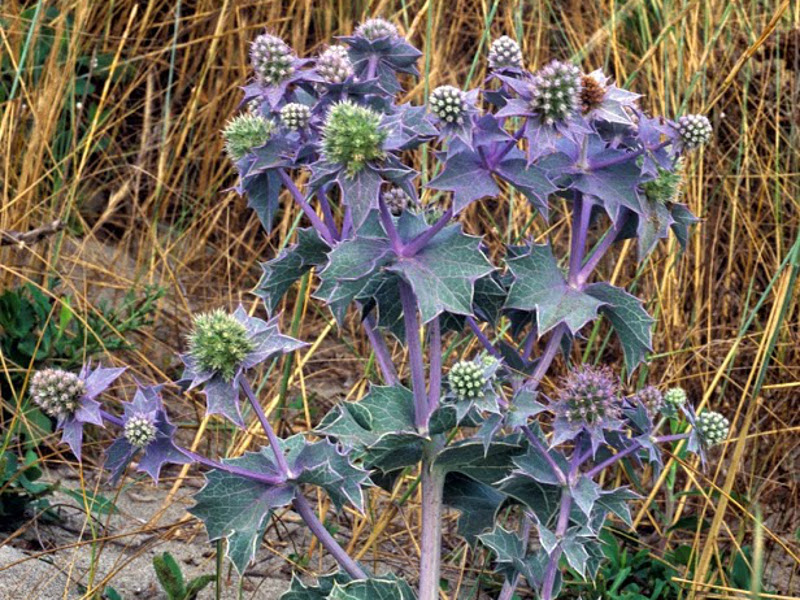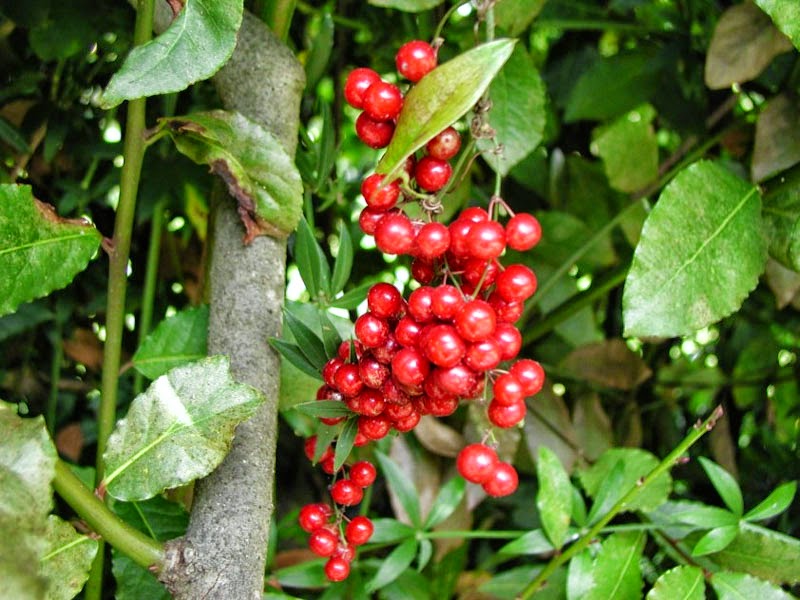Parco di Migliarino, San Rossore, Massaciuccoli
www.parcosanrossore.orgItineraries
Itineraries in the Park
The itineraries mainly develop on flat areas, which makes them easily accessible on foot and with no need to be particularly trained. It is also possible to visit the territory on horseback, by coach, by bike, by train or by boat.
Th Park features:
- free access areas;
- areas accessible with special authorizations;
- private areas.
The Borbone Estate and Lucchese Maquis, the Massaciuccoli Lake and Marsh, the Vecchiano reclamation area, part of the Migliarino Estate and the Coltano Estate belong to the free access area.
The other territories are available or not available (such as the western part of the San Rossore Estate and the military areas of the Tombolo Estate), available on established days (such as the San Rossore Estate) or accessible only for visitors accompanied by the Park's Guides (Migliarino Estate).
Anyways, the best and safest way to visit the Migliarino San Rossore Massaciuccoli Park is to avail oneself of the guided visits put at visitors' disposal by the Regional Park Authority.
Massaciuccoli Lake and Padule
The Massaciuccoli Lake and the surrounding swamplands, extending over more than 2,000 square kilometers, compose the widest wetland in Tuscany which originated in the area behind the dunes. Today the lake does not look as the ancient salty lagoon it was in the past, and it is considered a typical lake-pond due to its average depth of 2 m (the highest depth is 4.40 m) and the salinity lower than 500 mg/l. The lake bottom is situated below the sea level. It has a roughly circular shape with a perimeter of more than 10 km. The basin's surface has severely decreased in the last centuries due to the continuous reclamation works especially carried out in the 20th century.
Further informationMacchia Lucchese and Borbone Estate
The "Macchia Lucchese" is located in the northernmost coastal area of the Migliarino San Rossore Massaciuccoli Park, and it extends on the landform separating the Massaciuccoli Lake from the sea, in the territory of the municipality of Viareggio (LU), between the built-up area of Viareggio and that of Torre del Lago. In the "Macchia Lucchese" we can identify a sequence of three types of environments: the coastal forest, the coastal swamplands behind the dunes and the beach.
Further informationSan Rossore Estate
San Rossore estate (with a surface of 4,800 hectares) is the most significant natural environment within the Park. Its boundaries are situated north of the river Serchio and east of Pisa, south of the river Arno and west of the Ligurian Sea.
The spontaneous vegetation changes depending on the areas: in the tombolos the vegetation is sub-mediterranean with the holm oak forest and pinewood, in the meanders it shows itself as a mesohygrophilic forest made up of deciduous plants typical of the original forests. Along the coast, between the two river mouths, the estate is limited towards the sea by high dunes. Among the animals which can be easily observed there are the fallow deers, the wild boar and several bird species, especially during overwintering and spring migrations.
Migliarino Estate
At present there are no facilities functioning as visitor centers, thus, we suggest visitors to contact the Villa Borbone Visitor Center and the San Rossore Estate Visitor Center for further information about the proposed activities.
Further informationTombolo Estate
The Tombolo Estate, with its 5,000 hectares, covers the southern coastal belt of the Park between the river Arno and the Calambrone area. The name of the estate comes from the latin "tumulus", meaning "relief of the ground", and shows how the territory originated from the coastal dunes shaped by the steady accumulation of river sediments.
Further informationColtano Estate
Coltano estate lies on a wide flat area (more than 3,000 hectares) that originally was a large swamp extending almost up to the built-up area of Pisa. Here can be found significant finds of prehistoric and roman origin.
Further information




